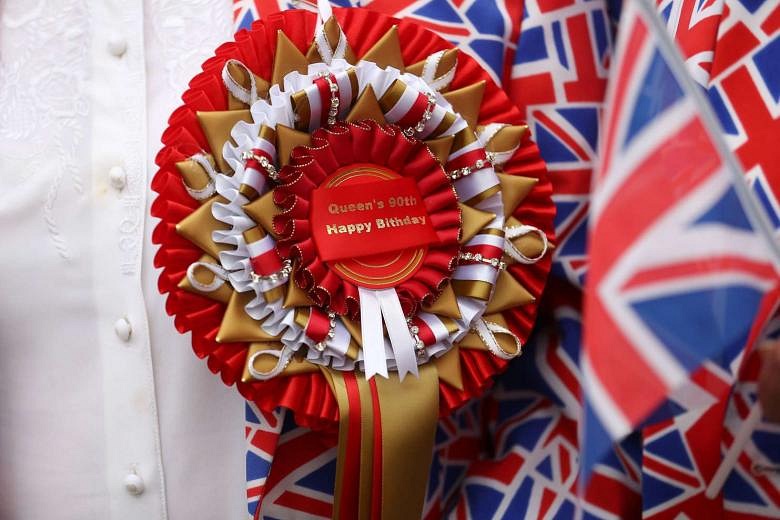You can now sing the Happy Birthday song without the risk of a lawsuit. A US federal judge on Monday (June 27) signed off on a settlement that puts the song - considered one of the most recognisable tunes in the English language - in the public domain.
The settlement ended a long-running legal dispute challenging music publisher Warner/Chappell Music's claim that it owned the song's copyright.
As common sense prevails, here are six interesting facts about the iconic tune.
1. Universal tune
According to the Guinness Book of World Records, Happy Birthday is the most recognised and popular song in the English language, ahead of For He's A Jolly Good Fellow and Auld Lang Syne.
The song's lyrics have been translated into at least 18 languages.
2. The first rendition
The song was originally composed in 1893 as Good Morning To All by Patty Smith Hill, a kindergarten teacher and principal in Louisville, Kentucky, and her oldest sister, Mildred Jane Hill, a pianist and composer. The lyrics were: "Good morning to you, Good morning to you, Good morning, dear children, Good morning to all."
The song was part of a larger project of the sisters to create simple music for children. They later published the tune in a songbook, Song Stories, for their kindergarten.
The sisters reportedly drew inspiration from contemporary tunes such as Horace Waters' Happy Greetings To All and Good Night to You All.
The first known combination of the melody and lyrics to Happy Birthday appeared in 1912, but that combination was not formally registered for copyright until 1935.
3. More than cakes and candles
While people typically expect candles to be blown and a cake to be cut after the song ends, customs differ across the world.
In Australia, the United Kingdom, New Zealand and Ireland, after Happy Birthday is sung, it is traditional for one of the guests to enthusiastically lead with "Hip hip..." and then for others to join in and say "... hooray!". The cheer is usually repeated three times.
In Canada, especially at children's birthdays, revellers segue into "How old are you now? How old are you now? How old are you now-ow, how old are you now?" and then count up ("Are you one? Are you two? Are you...") until they reach the right age, at which the celebrant says "yes", and everybody else, who presumably know the right number, all cheer.
4. Singing telegrams
Happy Birthday was used in the first singing telegram when George P. Oslin, the Western Union executive who pioneered the festive greeting, sent one (sung by operator Lucille Lipps) to entertainer Rudy Vallee on his birthday in July 1933.
Western Union discontinued its singing telegrams in 2006, but relaunched them in 2011 as an e-mail service through which you could have musicians like Snoop Dogg and Timbaland serenade your loved ones.
5. Just for JFK
The most famous rendition of Happy Birthday may have been Marilyn Monroe's version. She sang it, in her inimitably breathy style, to US President John F. Kennedy for his 45th birthday in 1962. It was one of the last public appearances by Monroe before her death.
6. Who owned it?
The ownership of Happy Birthday has changed hands a few times in the last century.
Warner/Chappell bought the rights for US$15 million in 1990, reportedly earning US$2 million a year in royalties.
It cost US$25,000 to use the song in a movie or TV show, resulting in actors belting out an odd, amalgamated version on screen. This also explains why chain restaurants sing custom songs for a guest's birthday.
Up until Monday's court ruling, it was technically illegal to sing it in a large group of unrelated people (such as an office party) without paying a royalty.
Sources: Reader's Digest, Digital Music News, Celebrity Net Worth, Robert Brauneis


